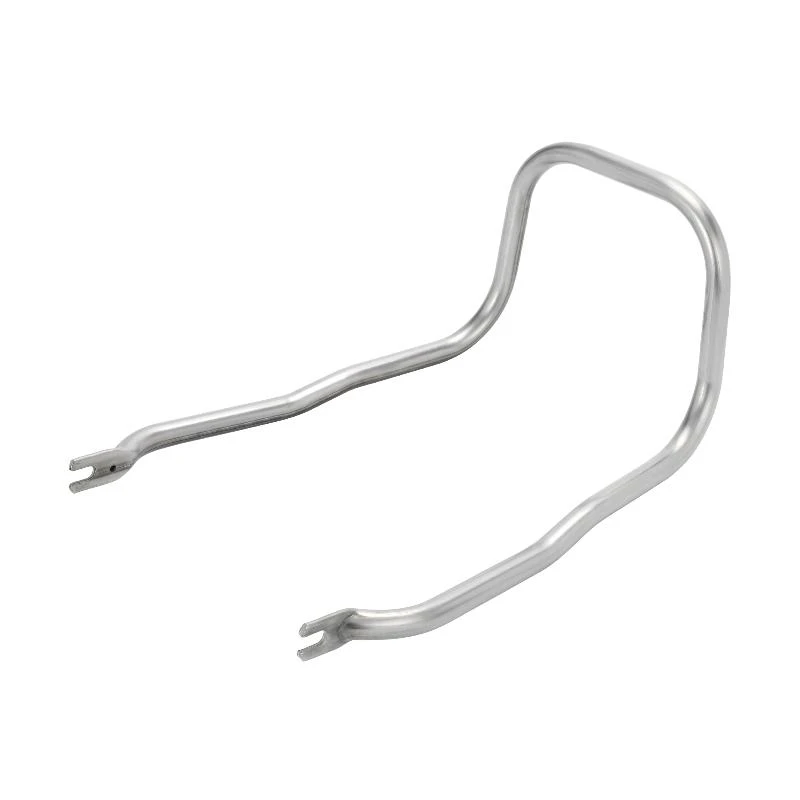
The Importance of Medical Stainless Steel Tubing in Healthcare
In the ever-evolving field of medicine, the materials used in the construction of medical devices are crucial to ensuring safety, effectiveness, and longevity. One such material, increasingly recognized for its essential role, is medical stainless steel tubing. This specialized tubing forms the backbone of many medical devices, ranging from surgical instruments to implantable devices, and its significance cannot be overstated.
Properties of Medical Stainless Steel
Medical stainless steel is a unique alloy composed primarily of iron, with added elements like chromium, nickel, and molybdenum. The inclusion of these elements provides stainless steel with several vital properties that make it an ideal choice for medical applications. Firstly, chromium gives stainless steel its corrosion resistance, which is critical in environments where hygiene is paramount. This corrosion resistance ensures that devices maintain their integrity over time, even when exposed to bodily fluids.
Additionally, the alloy's mechanical strength is noteworthy. Medical stainless steel tubing can withstand high pressures and is resistant to deformation. This is particularly important in applications where precision and reliability are non-negotiable, such as in the construction of catheters, needles, and other critical surgical instruments.
Biocompatibility
One of the most significant attributes of medical stainless steel is its biocompatibility. The materials used in any medical device must not cause adverse reactions when in contact with body tissues or fluids. Medical stainless steel is tested rigorously to ensure it meets these standards, thus providing peace of mind for both healthcare providers and patients. The sterile nature of stainless steel, coupled with its durability, makes it suitable for long-term implantation in patients, as seen in devices like vascular stents and orthopedic implants.
Manufacturing and Applications

The manufacturing process of medical stainless steel tubing involves several precise steps to guarantee quality and consistency. Advanced techniques such as laser cutting, precision welding, and extensive surface treatments are employed to create tubing that meets stringent medical standards. Such processes enable the production of tubing with specific diameters and wall thicknesses, tailored to the unique requirements of various medical applications.
Applications of medical stainless steel tubing are vast and varied. It is commonly used in surgical instruments, such as scalpel handles and forceps, where durability and ease of cleaning are paramount. Furthermore, it plays a key role in modern diagnostic equipment, including endoscopes and catheters, allowing for less invasive procedures and improved patient outcomes. The advent of minimally invasive surgical techniques has further enhanced the demand for high-quality medical stainless steel tubing, as smaller, more flexible tubes are required to navigate the intricacies of human anatomy.
Future Prospects
As technology advances, the future of medical stainless steel tubing looks promising. Innovations in 3D printing and additive manufacturing are beginning to reshape how medical devices are designed and produced. Researchers are exploring ways to incorporate smart technologies into stainless steel tubing, enabling real-time monitoring of patient conditions through embedded sensors. Such advancements could enhance the capabilities of medical devices, providing unprecedented levels of care and safety.
Moreover, sustainability is becoming an increasingly important consideration in the manufacturing of medical equipment. Stainless steel is highly recyclable, and efforts are being made to further reduce waste during production processes. This shift towards eco-friendly practices is not only beneficial for the environment but can also lead to cost savings in the long run.
Conclusion
In conclusion, medical stainless steel tubing is an indispensable component of modern healthcare. Its unique properties of corrosion resistance, strength, and biocompatibility make it a preferred choice for various medical applications. As the medical industry continues to innovate and evolve, the role of stainless steel tubing will undoubtedly expand, leading to improved patient outcomes and revolutionized healthcare practices. The commitment to quality and safety inherent in the production of medical stainless steel tubing reflects the broader dedication of the medical community to providing the best possible care for patients worldwide.